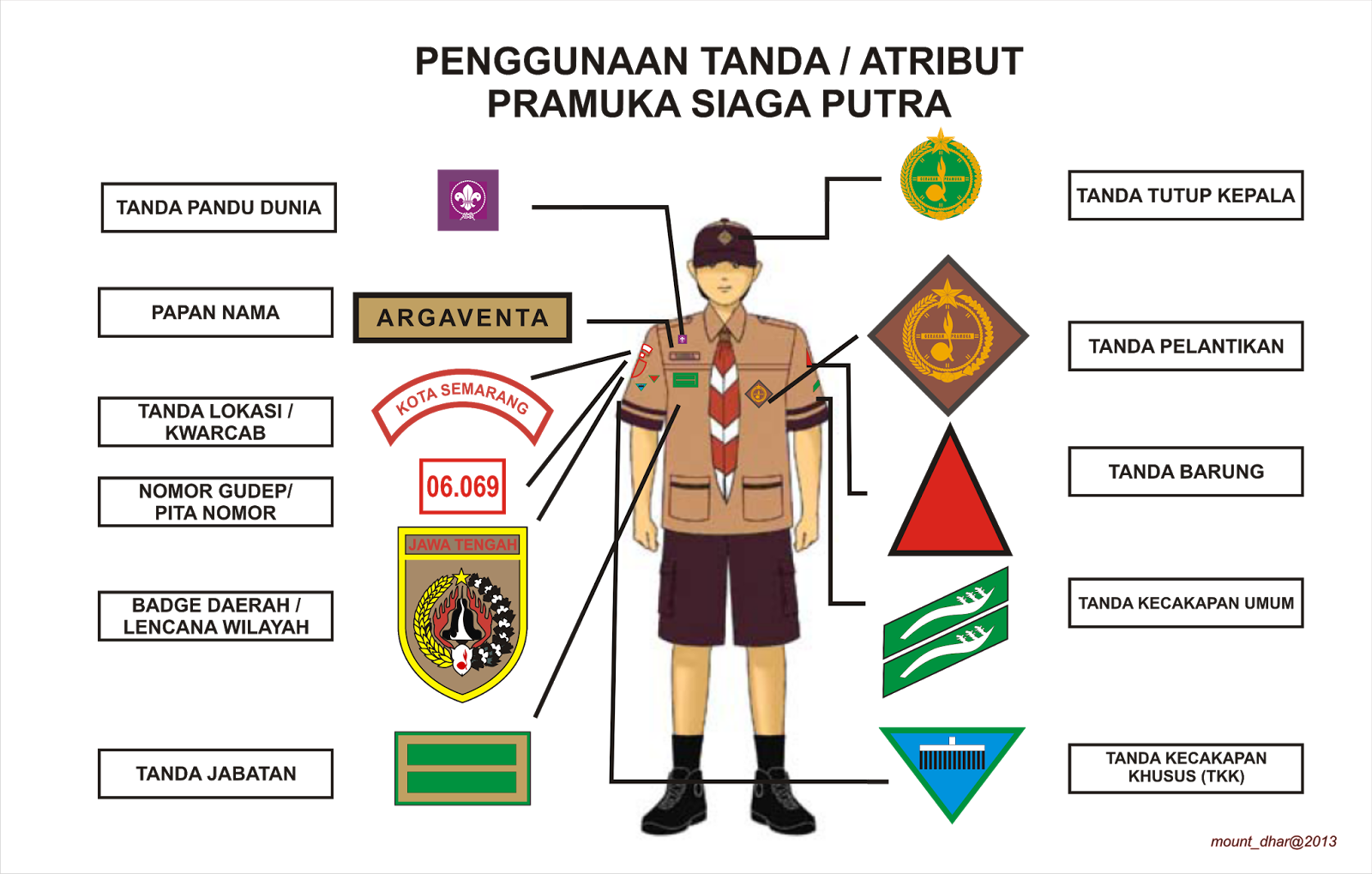



Based on the results of the analysis, the authors conclude that, there are six patterns of corruption committed by officials, namely, conventional patterns, giving tribute and commissions, fictitious financial receipts, abuse of authority and collusion of partner companies. all data collected, reduced, analyzed, presented and closed with conclusions. All data comes from the results of the authors' reading of various theories, expert opinions and the results of previous research related to the issues discussed. The methodology used in writing this article is content analysis, one approach to writing scientific work in qualitative research. The article aims to reveal what are the patterns and causes of corruption by government officials in Indonesia. Acts of corruption in Indonesia today are like an illegitimate inheritance without wills, corruption remains sustainable even though regulations and laws have been made for its prevention by each period of leadership, but all of them have not been tested and run well, because in general none government institutions and agencies that are not infected with corruption.


 0 kommentar(er)
0 kommentar(er)
